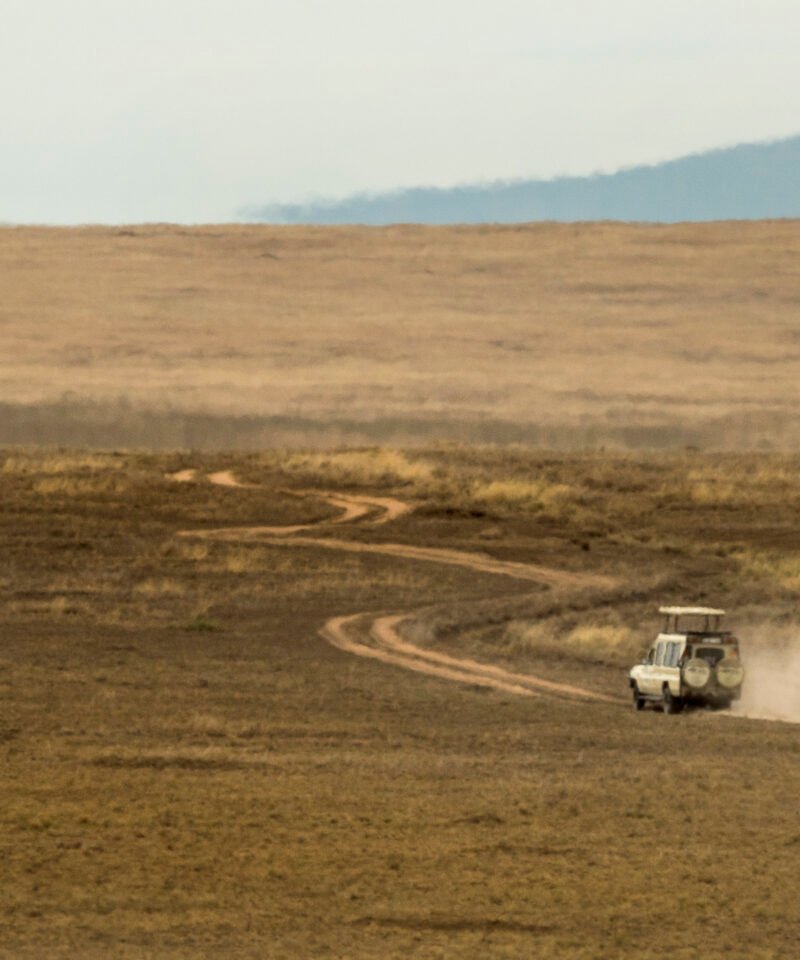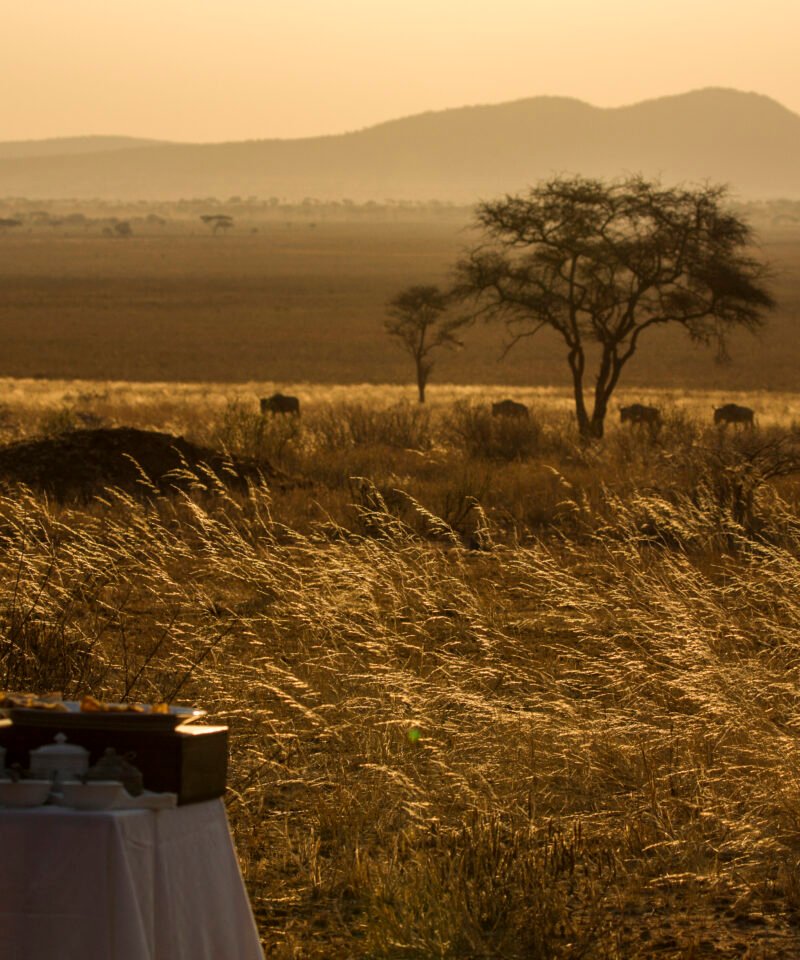Ngorongoro is one of Tanzania’s most spectacular and iconic destinations, offering an unparalleled safari experience. It’s home to the Ngorongoro Crater, the world’s largest unbroken volcanic caldera and a UNESCO World Heritage Site.
Ngorongoro is truly a place where natural beauty, wildlife, and culture merge, offering an unforgettable safari experience. Whether you’re on a luxury safari or a more adventurous trek, Ngorongoro is an unmissable destination in Tanzania.
From$4,000
View DetailsFrom Safari to Zanzibar: 15-Day Ultimate Tanzania Experience
15 Days
Availability : From Today
Experience a Tanzania safari adventure to Lake Manyara, the Ngorongoro Crater, the Serengeti's vast […]
From$1,200
View Details

